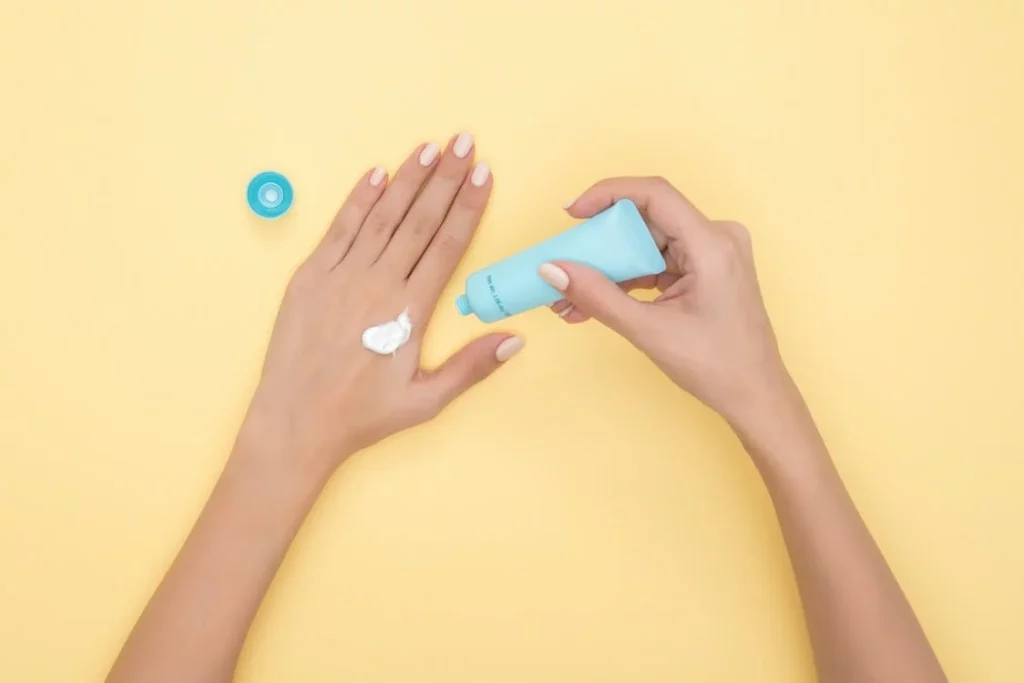
Your Guide to Identifying and Avoiding Risky Ingredients in Beauty Products
In our quest for beauty and self-care, we often trust the alluring promises of beauty products, be it skincare, haircare, or cosmetics. We hope these products will enhance our appearance and well-being.
However, beneath the sleek packaging and enticing marketing lies a complex world of ingredients, not all of which are benign. The beauty industry is rife with a myriad of compounds, some of which can potentially harm your health.
It’s crucial to become an informed consumer, capable of distinguishing between the beneficial and the risky. In this article, we will empower you with the knowledge and skills to identify and avoid harmful ingredients in beauty products.
The Need for Ingredient Awareness
In the pursuit of beauty and self-care, it’s easy to fall prey to the enticing promises of beauty products. We often overlook the importance of understanding the ingredients within these products and their potential impact on our health.
A growing body of evidence suggests that certain compounds commonly found in beauty products can be harmful. This realization highlights the need for ingredient awareness. To make informed choices about the beauty products you use, you must first acknowledge that not all ingredients are created equal.
Common Harmful Ingredients
Numerous beauty products contain potentially harmful ingredients that you should be aware of. Some of the most common culprits include parabens, which are preservatives known for their endocrine-disrupting properties.
According to the NIH, chemical ingredients called phthalates are found in various fragranced cosmetics. They are associated with hormone disruption and reproductive issues. In addition, certain beauty care products can release formaldehyde, a known carcinogen. Understanding the potential risks associated with these ingredients is crucial to safeguarding your health.
Lawsuits and Legal Actions
The alarming revelations linking chemical hair relaxers to an increased risk of uterine cancer have spurred legal actions against prominent manufacturers. According to TorHoerman Law, these lawsuits allege that the manufacturers of these products knowingly exposed consumers to dangerous chemicals.
Drugwatch notes that 5,996 hair straightener cancer lawsuits are currently pending in the Illinois multidistrict litigation (MDL) as of October 2023. This underscores the gravity of the situation and the urgent need to deliver justice to those affected.
The hair relaxer lawsuit underscores the importance of manufacturers ensuring that their products are safe and that they accurately disclose the ingredients they contain. Keeping an eye on these lawsuits can provide valuable insights into ingredient safety issues.
Reading Labels: Decoding Ingredient Lists
One of the most valuable skills in identifying and avoiding risky ingredients is the ability to decipher product labels. Ingredient lists can appear daunting, but breaking them down is surprisingly straightforward.
Start by scanning for common harmful ingredients and looking for the absence of these red flags in product descriptions. Learning to recognize and avoid problematic compounds by reading labels can significantly reduce your exposure to potentially harmful substances.
Safe Alternatives
It’s heartening to know that there are safe and natural alternatives to harmful ingredients. Many companies now offer products with cleaner ingredient lists, incorporating natural and organic components that effectively replace their conventional counterparts.
For example, you can find natural preservatives like rosemary extract or organic essential oils instead of synthetic fragrances. Exploring these alternatives allows you to maintain your beauty regimen without compromising on safety.
Research and Education
Becoming an informed consumer is a pivotal aspect of avoiding risky ingredients. To stay updated on the latest research and ingredient safety, consider reliable sources like the Environmental Working Group (EWG) or Skin Deep Database.
According to the EWG, the FDA does not even mandate basic safety testing of chemicals in personal care products prior to their use. EWG mentions that it has been more than 80 years since Congress amended the guidelines aimed at ensuring the safety of personal care goods.
EWG provides information and ratings on the safety of various beauty products. Staying educated empowers you to make well-informed choices and identify products that align with your safety and health preferences.
Personalized Beauty Regimens
Creating a personalized beauty regimen tailored to your specific needs and concerns is a proactive step in avoiding risky ingredients. By understanding your skin or hair type and particular sensitivities, you can select products that work best for you. This approach minimizes the chances of using products containing ingredients to which you may have adverse reactions.
Advocating for Safer Products
As a conscious consumer, your voice matters in the quest for safer beauty products. You can advocate for transparency and stricter regulations in the cosmetics industry by supporting organizations and initiatives that promote ingredient safety.
Writing to companies, signing petitions, and spreading awareness can collectively contribute to a safer and more responsible beauty industry that prioritizes consumer well-being. Your advocacy can lead to positive changes in the products available and, ultimately, a healthier, safer beauty market.
Final Thoughts
Informed consumer choices are paramount in the beauty industry, where risks lurk behind enticing promises. Awareness of harmful ingredients, label decoding skills, and reliance on safe alternatives are essential.
Ongoing lawsuits underscore the urgency for industry accountability. Embracing personalized regimens tailored to individual needs minimizes exposure to potential hazards.
By staying educated through reputable sources and advocating for transparency, consumers wield the power to shape a safer beauty market. Let your choices be a testament to a harmonious blend of beauty and health, driving positive changes in an industry that prioritizes well-being.